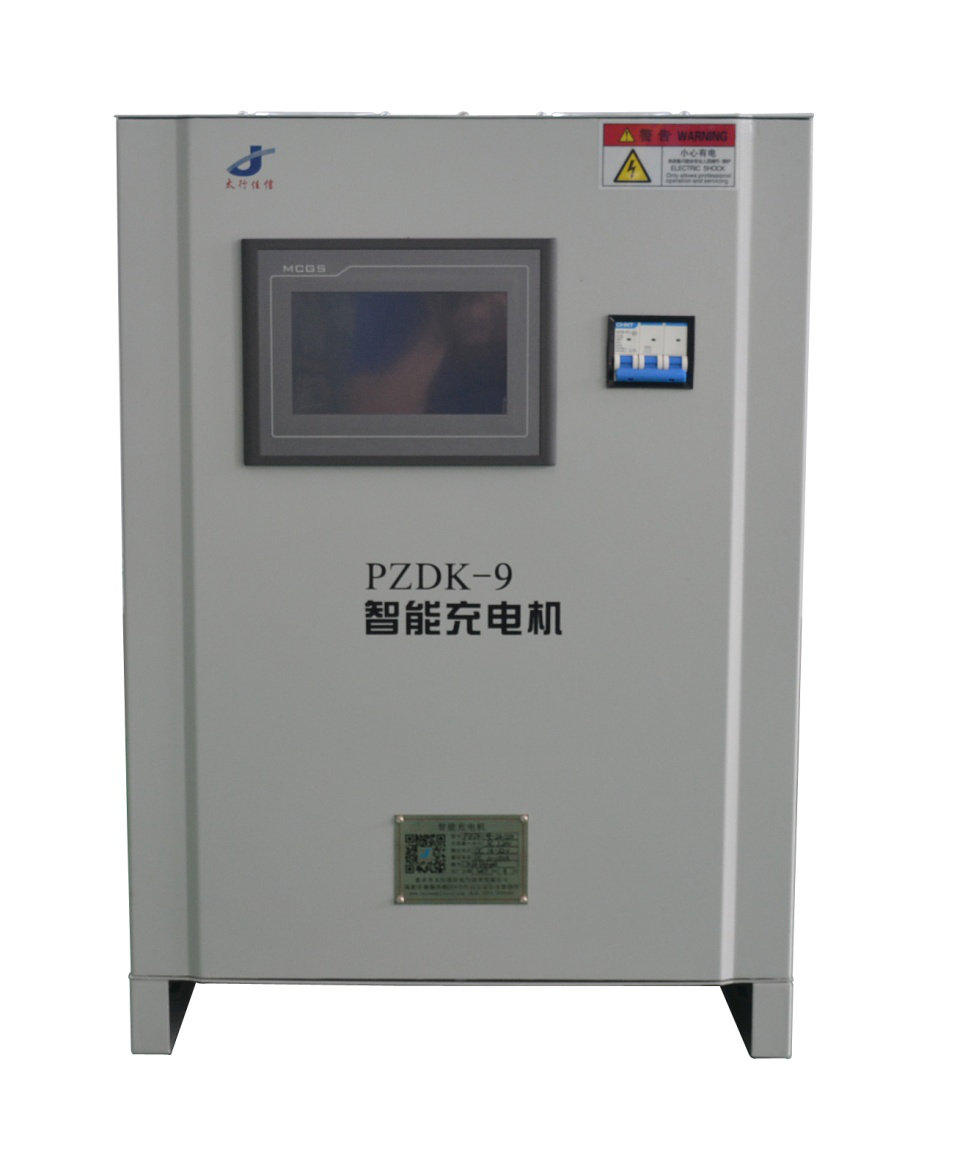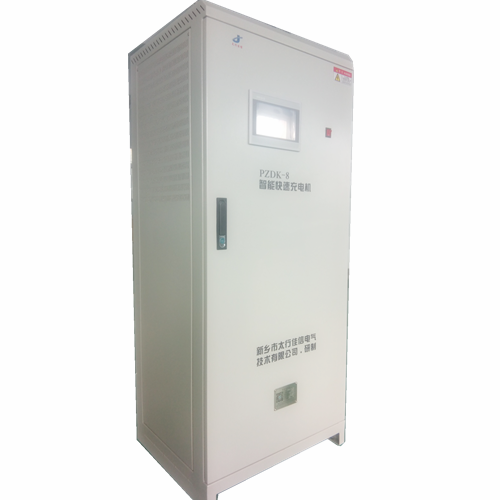Maxim ’s new Class D audio power amplifier (MAX9700 / MAX9712) has made some important improvements to the switch-mode amplification technology. The unique modulation structure eliminates the output filter, which can provide a smaller, cheaper, More efficient program.
Low EMI modulation structure
The MAX9700 / MAX9712 use a unique modulation structure to provide Class AB efficiency with Class D efficiency and take up very little board space. The MAX9712 can provide 500mW of power for 8W loads, and the MAX9700 can provide up to 1.2W of power for 8W loads. There are two comparators inside the amplifier to monitor its input and compare the complementary input voltage with the sawtooth wave. When the amplitude of the sawtooth wave input exceeds the corresponding comparator input voltage, the comparator output is inverted. When the input voltage increases or decreases, the duration of the comparator output pulse of the first transition increases, and the duration of the output pulse after the other comparator transitions is tON. For a certain input signal level, the comparator output is a pulse width modulated square wave signal, the period is determined by the frequency of the sawtooth wave oscillator, the PWM signal controls the H-bridge driver, turns on or off a pair of MOSFETs in opposite states, making the speaker The net voltage at both ends (VOUT +-VOUT-) changes with the input signal, effectively collecting audio input. The dynamic range of the amplifier is determined by the amplitude of the noise and the amplitude of the sawtooth signal.
Operating mode
The MAX9700 / MAX9712 have two operating modes: fixed frequency modulation (FFM) mode and spread spectrum modulation (SSM) mode. In FFM mode, the frequency can be selected through the SYNC pin. When SYNC = GND, the switching frequency is 1.1MHz, and when SYNC = FLOAT, the switching frequency is 1.45MHz. In addition, applying an external TTL clock of 800kHz "2MHz to the SYNC pin can synchronize the amplifier with the system clock (providing a fully synchronized system) or distribute the spectral content of switching harmonics to insensitive frequency bands. The amplifier when SYNC = VDD Working in SSM mode, in SSM mode, the switching frequency changes randomly around the center frequency (1.22MHz)? 20kHz. The modulation scheme does not change, but the frequency of the sawtooth wave changes with the period, and the energy is dispersed to the entire frequency that increases with the frequency Wide, instead of concentrating a large amount of spectral energy at the doubling frequency of the switching frequency. In the frequency band higher than a few MHz, EMI is equivalent to the white noise of the broadband spectrum. Compared with the traditional scheme, the spread spectrum mode improves the radiation index 5dB.
Filterless modulation
The MAX9700 / MAX9712 use a unique modulation scheme, which can eliminate the LC filter required by traditional Class D amplifiers, which not only improves efficiency, reduces the number of components, but also saves board space and system cost. When there is no signal at the input of the MAX9700 / MAX9712, the output switching waveform is shown in Figure 1. Since the amplifier drives the speaker in a differential manner, the two outputs cancel each other, so the net voltage in idle mode at both ends of the speaker is 0, reducing power consumption. In addition, because the output frequency of the MAX9712 is far beyond the bandwidth of most speakers, the offset of the audio coil caused by the switching frequency is very small. The square wave can be removed from the square wave by using the inductance of the speaker coil and the natural filtering effect of the speaker and the human ear. Audio components are restored in the output. For best results, an inductor greater than 10mH can also be used in series with the speaker.
Efficiency problem
The efficiency of Class D amplifiers is determined by the operating time of the output stage transistors. In a class D amplifier, the output transistor is like a current adjustment switch, and the extra power consumed is negligible. Any power loss related to the class D output stage is mainly caused by the MOSFET on-resistance and the quiescent current consumption.


Low EMI modulation structure
The MAX9700 / MAX9712 use a unique modulation structure to provide Class AB efficiency with Class D efficiency and take up very little board space. The MAX9712 can provide 500mW of power for 8W loads, and the MAX9700 can provide up to 1.2W of power for 8W loads. There are two comparators inside the amplifier to monitor its input and compare the complementary input voltage with the sawtooth wave. When the amplitude of the sawtooth wave input exceeds the corresponding comparator input voltage, the comparator output is inverted. When the input voltage increases or decreases, the duration of the comparator output pulse of the first transition increases, and the duration of the output pulse after the other comparator transitions is tON. For a certain input signal level, the comparator output is a pulse width modulated square wave signal, the period is determined by the frequency of the sawtooth wave oscillator, the PWM signal controls the H-bridge driver, turns on or off a pair of MOSFETs in opposite states, making the speaker The net voltage at both ends (VOUT +-VOUT-) changes with the input signal, effectively collecting audio input. The dynamic range of the amplifier is determined by the amplitude of the noise and the amplitude of the sawtooth signal.
Operating mode
The MAX9700 / MAX9712 have two operating modes: fixed frequency modulation (FFM) mode and spread spectrum modulation (SSM) mode. In FFM mode, the frequency can be selected through the SYNC pin. When SYNC = GND, the switching frequency is 1.1MHz, and when SYNC = FLOAT, the switching frequency is 1.45MHz. In addition, applying an external TTL clock of 800kHz "2MHz to the SYNC pin can synchronize the amplifier with the system clock (providing a fully synchronized system) or distribute the spectral content of switching harmonics to insensitive frequency bands. The amplifier when SYNC = VDD Working in SSM mode, in SSM mode, the switching frequency changes randomly around the center frequency (1.22MHz)? 20kHz. The modulation scheme does not change, but the frequency of the sawtooth wave changes with the period, and the energy is dispersed to the entire frequency that increases with the frequency Wide, instead of concentrating a large amount of spectral energy at the doubling frequency of the switching frequency. In the frequency band higher than a few MHz, EMI is equivalent to the white noise of the broadband spectrum. Compared with the traditional scheme, the spread spectrum mode improves the radiation index 5dB.
Filterless modulation
The MAX9700 / MAX9712 use a unique modulation scheme, which can eliminate the LC filter required by traditional Class D amplifiers, which not only improves efficiency, reduces the number of components, but also saves board space and system cost. When there is no signal at the input of the MAX9700 / MAX9712, the output switching waveform is shown in Figure 1. Since the amplifier drives the speaker in a differential manner, the two outputs cancel each other, so the net voltage in idle mode at both ends of the speaker is 0, reducing power consumption. In addition, because the output frequency of the MAX9712 is far beyond the bandwidth of most speakers, the offset of the audio coil caused by the switching frequency is very small. The square wave can be removed from the square wave by using the inductance of the speaker coil and the natural filtering effect of the speaker and the human ear. Audio components are restored in the output. For best results, an inductor greater than 10mH can also be used in series with the speaker.
Efficiency problem
The efficiency of Class D amplifiers is determined by the operating time of the output stage transistors. In a class D amplifier, the output transistor is like a current adjustment switch, and the extra power consumed is negligible. Any power loss related to the class D output stage is mainly caused by the MOSFET on-resistance and the quiescent current consumption.
Float Charge
Nickel Cadmium Battery – 1.30V per cell
This will enable the battery to recover its capacity quickly and reduce the water consumption. In this aspect, it will reduce the topping up frequency and storage of water.
Boost Charge
Nickel Cadmium Battery – 1.60 V per cell
Equal Charge
Nickel Cadmium Battery– 1.65 V per cell



Nickel Cadmium Battery Charger
Nickel Cadmium Battery Charger,Smart Battery Charger,Electric Stacker Battery Charger,Rechargeable C Batteries
Xinxiang Taihang Jiaxin Electric Tech Co., Ltd , https://www.chargers.be